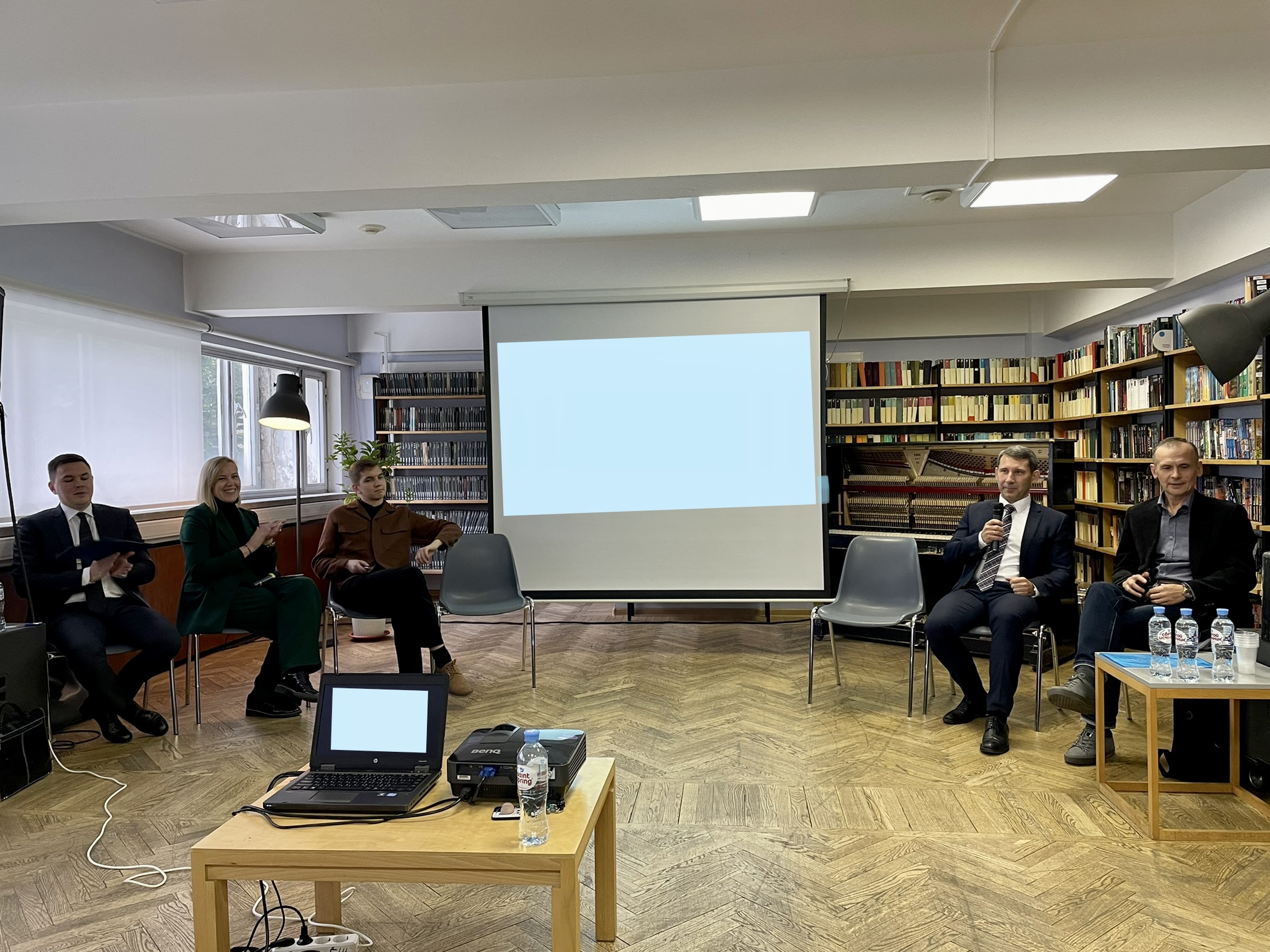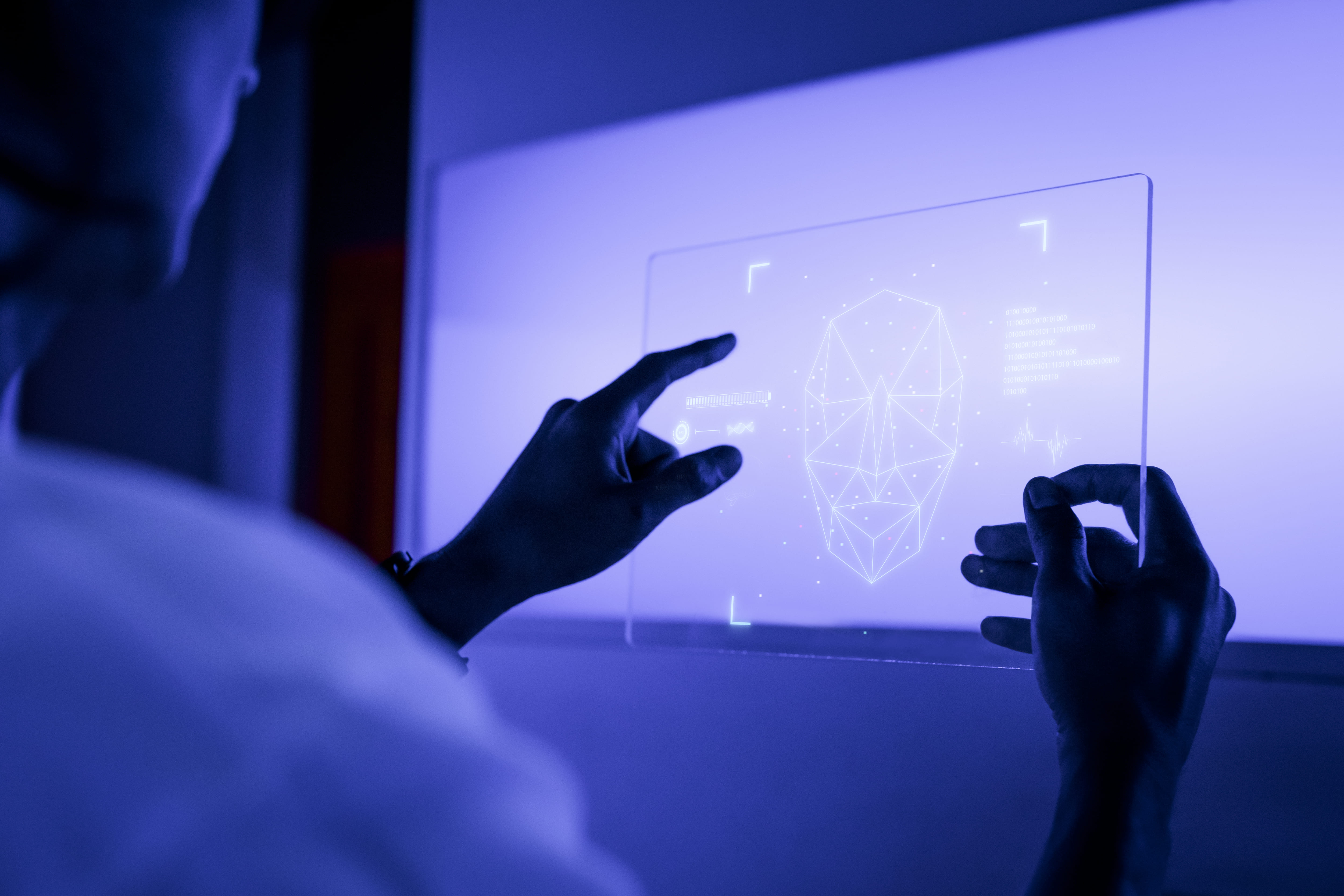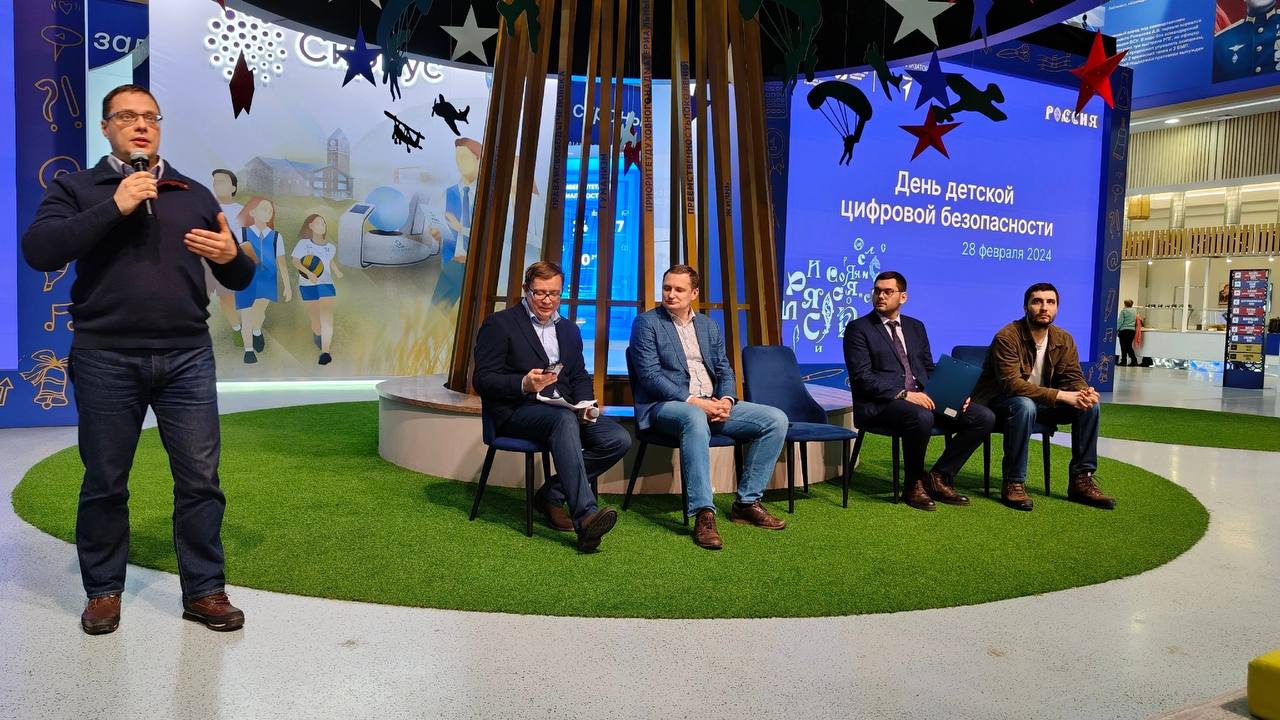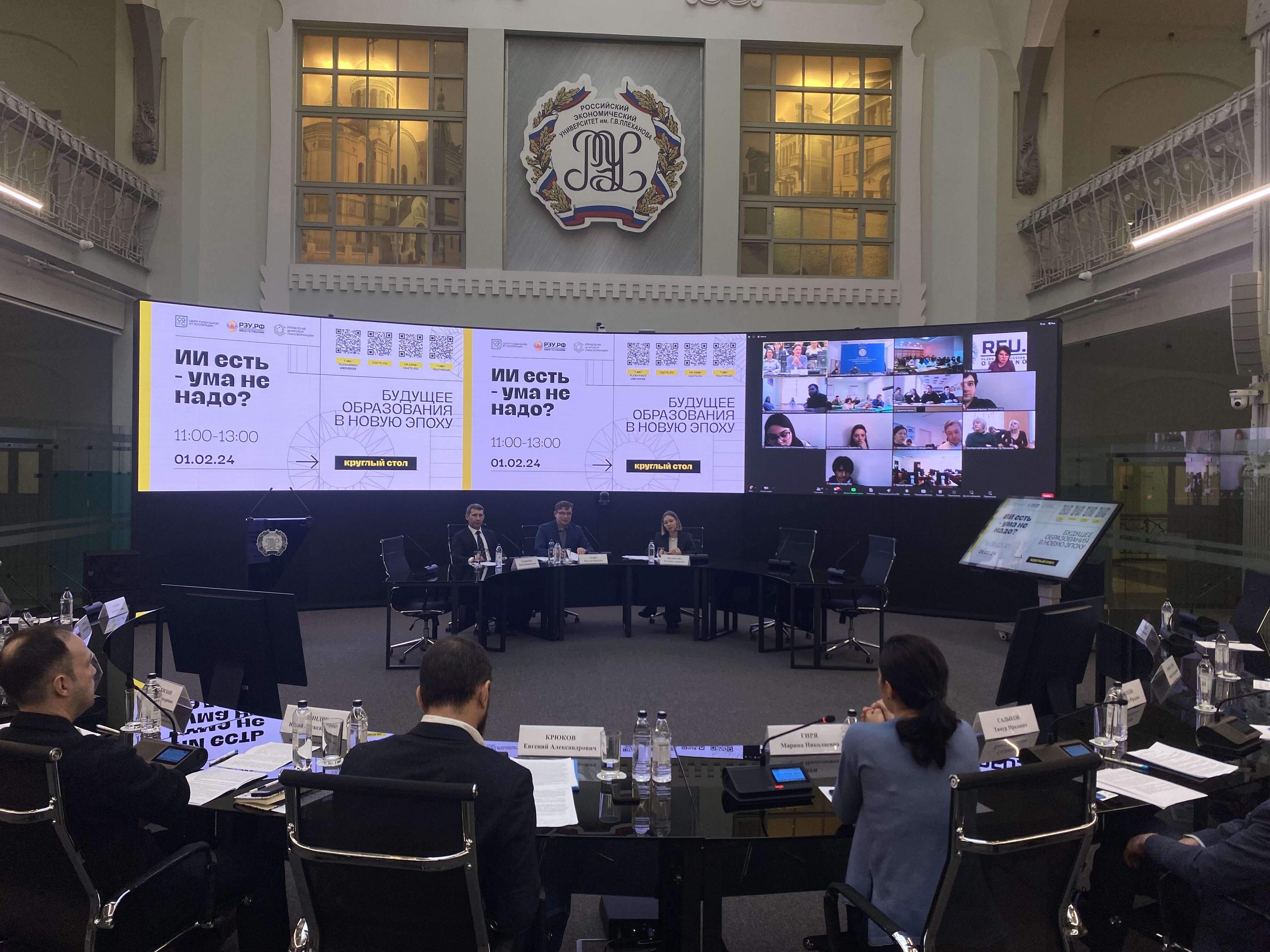Participants of the roundtable discussed the digital instruments and solutions that are already in use as well as promising projects that can facilitate the access to information on cultural matters, popularization of historical and cultural heritage and folk art, preservation of traditions, historical and cultural monuments, ethnocultural diversity, and cultural identity of all peoples and ethnic groups of the Russian Federation.
Second Secretary of the Ministry of Foreign Affairs of Russia Artem Toporkov, Junior Researcher of the World Heritage and International Communication Department of Likhachev Russian Research Institute for Cultural and Natural Heritage Daniil Butorin, Leading Expert at Sirius University of Science and Technology Valery Kuzmin, Natalya Lavrenova, an art historian, and Daniil Arapov, an author of scientific publications on computer science at Innopolis University, joined the discussion. Director of the Center for Global IT-Cooperation Vadim Glushchenko and Director of the ZIL Cultural Center Maria Rogacheva gave a welcome address to the participants of the event. The discussion was moderated by Head of Analytics at the CGITC Andrey Ignatiev.
In his welcome speech, Vadim Glushchenko told the attendees about the collection of proposals aimed at preparing the Global Digital Compact. He noted that it would be reasonable if the document addressed the topic of the world cultural heritage preservation in the context of digitalization, especially since the document will address the problems of artificial intelligence technology regulation.
Artem Toporkov elucidated the problem of digital divide using an example from UNESCO work: for many years developing countries of Africa have been lacking basic equipment needed to regularly take pictures of cultural heritage objects and capture their condition. According to him, it is one of the biggest challenges facing this international organization in terms of process digitalization.
“We’re trying to promote heraldry and give people, primarily young people, the opportunity to create coats of arms of their districts, regions, cities and families themselves by means of online tools. This allows to preserve heraldry as part of intangible heritage as well as improve one’s digital graphic design skills,” Valery Kuzmin said.
Natalya Lavrenova reminded how our attitude toward the digitalization of art had changed during the coronavirus pandemic. “Online exhibitions, online concerts, and virtual museum tours were introduced to us during quarantine. Modern technology is now used a lot at offline exhibitions as well: paintings are being turned into video art, and next to other exhibits are 3D models. A lot of art objects are being digitized, and we can look at them without even going to a museum,” she concluded.
Results of the roundtable summed up, general recommendations concerning promising methods and practices of the use of digital technology, ones that would meet today’s cultural and educational goals, will be prepared.
The CGITC regularly holds expert roundtables on a wide range of topics related to the advancement of the ICT industry and digital technology in Russia and abroad in order to improve the scientific, research, expert and analytical potential of the field, facilitate network cooperation and build partnerships.





